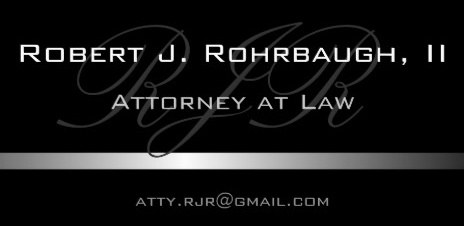When facing a child custody case, many parents have questions and concerns over what evidence will be considered by the court in making the ultimate decision. Demeaning text messages and negative character evidence are often proposed. While this type of evidence can at times be persuasive to a court, the Ohio Revised Code sets forth the relevant path. 
The Ohio Revised Code provides the following set of factors to be considered by a court in custody determinations:
- The child’s wishes, as expressed to the court
- The child’s existing relationships and interactions with his or her parents, siblings and extended family members
- The child’s home, school and community life
- The physical and mental health of all parties involved, including the child and parents
- The parents’ wishes
- Whether one parent is more likely to honor a court-approved visitation or parenting-time schedule
- Whether one parent has failed to make all child support payments required under an existing child support order
- The ability of each parent to cooperate and to encourage a loving relationship between the child and the other parent
- Any history of domestic violence or child abuse
- The geographical proximity of the parents to each other.
This list is not exclusive. However, a litigant should be prepared to offer evidence that addresses these factors. If you have questions concerning your child custody matter feel free to contact our office.

 A common inquiry received by my office concerns individuals to a court order refusing to follow the order. While any court order can be ignored, this article will focus on contempt in the context of a domestic relations/custody order.
A common inquiry received by my office concerns individuals to a court order refusing to follow the order. While any court order can be ignored, this article will focus on contempt in the context of a domestic relations/custody order.




 The franchise is well within their legal right to continue to use “Chief Wahoo” but voluntarily elected to withdraw its use in favor of a block letter “C.” Can it be that “big business,” has grown a conscience?
The franchise is well within their legal right to continue to use “Chief Wahoo” but voluntarily elected to withdraw its use in favor of a block letter “C.” Can it be that “big business,” has grown a conscience?

 Innocent until proven guilty is a phrase we hear often. From the plain verbiage it assumes that until you have been proven guilty you are innocent. But is this really how the public perceives an accused? Do we really look at them as though they are innocent individuals charged with crimes that the Government must prove before this innocence is gone?
Innocent until proven guilty is a phrase we hear often. From the plain verbiage it assumes that until you have been proven guilty you are innocent. But is this really how the public perceives an accused? Do we really look at them as though they are innocent individuals charged with crimes that the Government must prove before this innocence is gone?


 When you breakdown the dynamics of the contingency fee scenario it becomes very obvious that all of the risk associated with the case belongs to the lawyer. The lawyer is investing his or her time and money into the case with the expectation of yielding a profit from the final settlement or verdict. For this reason many firms will not accept a client unless a careful cost benefit analysis promises a favorable outcome. When you realize that all of the risk associated with the case rests with the firm, you will have a better understanding of why a lawyer may or may not decide to accept your case on a contingent fee arrangement.
When you breakdown the dynamics of the contingency fee scenario it becomes very obvious that all of the risk associated with the case belongs to the lawyer. The lawyer is investing his or her time and money into the case with the expectation of yielding a profit from the final settlement or verdict. For this reason many firms will not accept a client unless a careful cost benefit analysis promises a favorable outcome. When you realize that all of the risk associated with the case rests with the firm, you will have a better understanding of why a lawyer may or may not decide to accept your case on a contingent fee arrangement.
